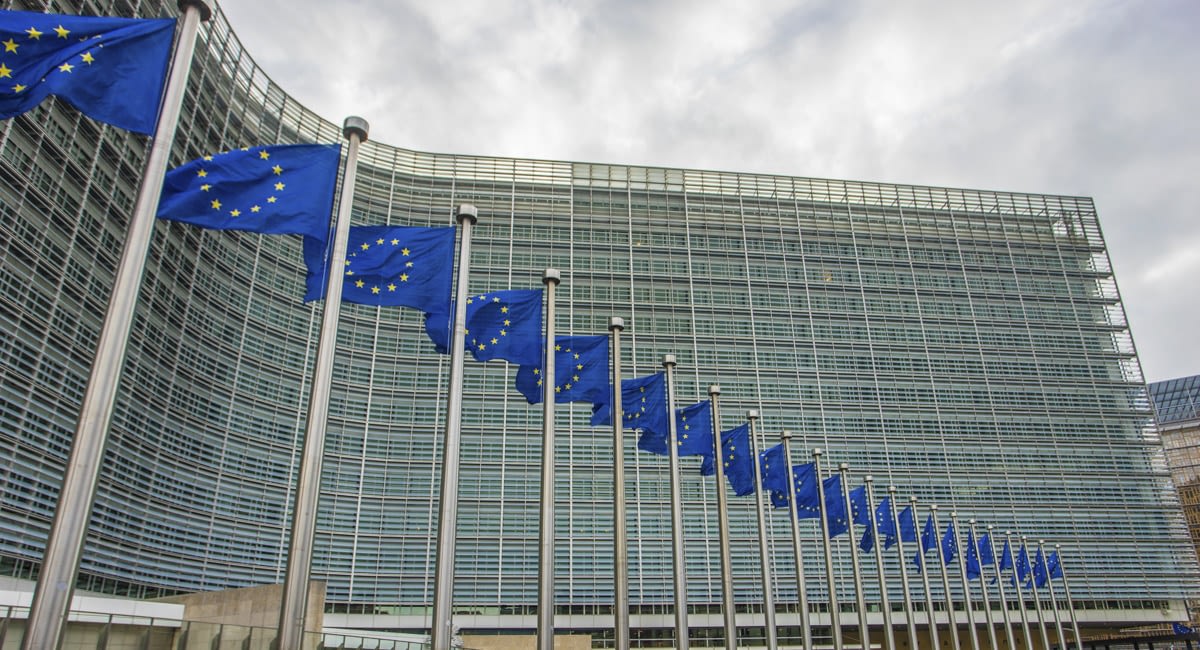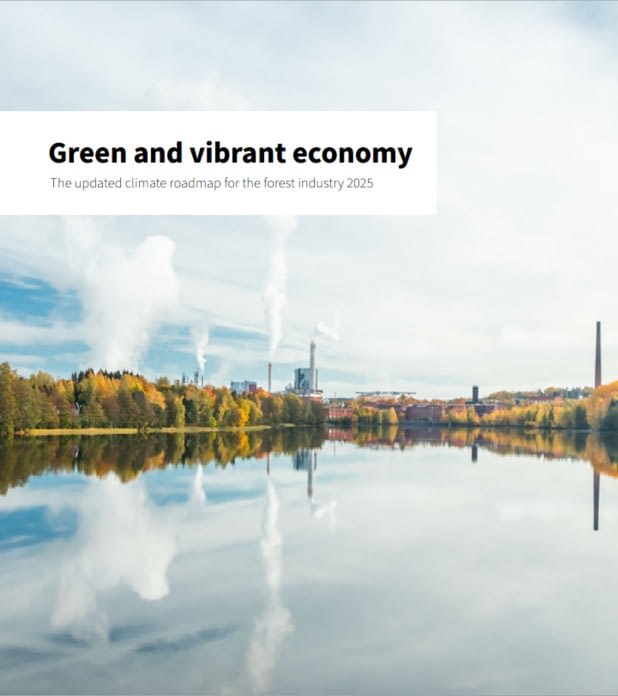In the race to make textiles more sustainable, Europe is pushing ahead with much-needed regulation. But while recycled and reused materials dominate the discussion, one key element is conspicuously underrepresented: renewable raw materials.
This was also evident at the European Technology Platform’s seminar on Ecodesign of textile products. The debate focused almost entirely on recycled and reusable content. Even though the new ISO 59020 standard on circularity explicitly includes renewable materials alongside recycled and reused ones, this broader perspective has yet to truly take root in EU policy conversations.
Fossil-based fibres still dominate the textile market
In 2023, fossil-based synthetic fibres accounted for approximately 67% of global textile fibre production. Demand continues to grow, with production largely reliant on oil. At the same time, Europe is home to innovative companies developing next-generation textile fibres from renewable and recycled sources, including wood and used textiles. Great examples include Kuura, a viscose-type manmade cellulose fibre, and other wood-based solutions to fossil-based materials like polyester. These new solutions are promising, but they face challenging market conditions, especially without regulatory support.
Why renewables matter – alongside recycling
No recycled material can be reused forever. That is a fact often overlooked in circular economy discourse. Fresh input is always needed in material loops, and renewable fibres, when sourced sustainably, offer that input while providing desirable product properties such as strength and durability.
The upcoming Ecodesign for Sustainable Products Regulation (ESPR) will set criteria for textiles – and it must reflect this reality. Circular design should never mean “recycled only”; it must mean smart, sustainable material choices, including renewables. In fact, renewability has been acknowledged as a product parameter in ESPR for defining ecodesign criteria. In addition, the European Commission’s Joint Research Centre has recognised the role of bio-based fibres in reducing fossil dependency. However, it seems that the preparatory study phase for defining the ecodesign criteria for textiles hardly considers renewability.
A strategic opportunity for Europe
Fortunately, there are positive signals. Renewable materials are recognised in the EU’s Clean Industrial Deal, and by influential global initiatives like the World Business Council for Sustainable Development and its Circular Transition Indicators. It was also indicated that the just-launched Textiles of the Future partnership under Horizon will include sustainable materials and clean processes as one of its key research areas. The renewed EU Bioeconomy Strategy will hopefully further emphasize the role of renewable materials, including wood-based textile fibres.
As the world navigates increasing geopolitical and environmental challenges, the EU must steer toward its strengths. Ambition must now become action. We need clarity in regulation, courage in policymaking, and confidence in innovation. Supporting both renewable and recycled European raw materials is not just smart policy – it is the only sustainable and truly circular way forward. Now is the time to ensure EU legislation reflects the full range of sustainable solutions. Let’s not build a circular economy with a missing piece.







